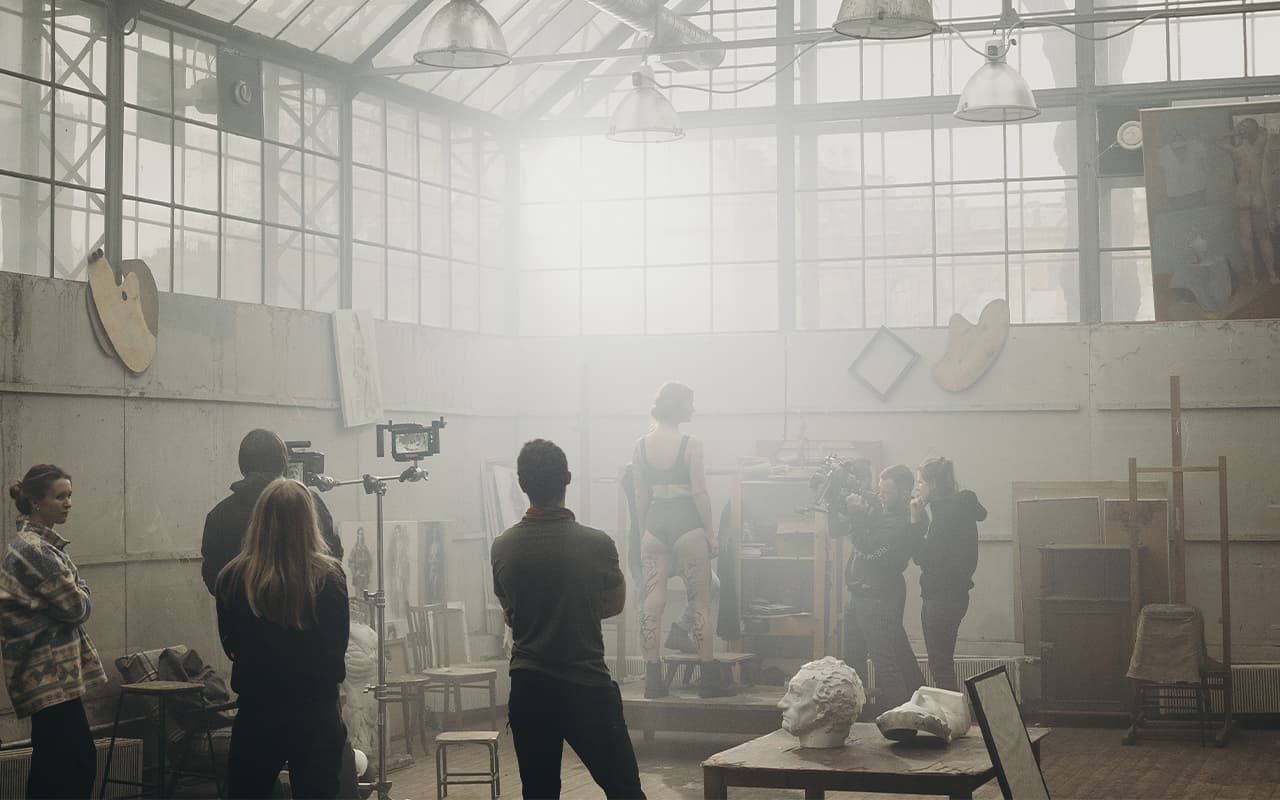Training for those who want to:
- Understand the different lighting schemes used in creative and commercial shoots
- Properly use daylight and artificial light
- Confidently use studio equipment
- Become a successful commercial photographer
- Open your own photo studio
- Set up a profitable photography business, plan and organize shoots properly
- Overcome a creative crisis and stay in the flow.
Topics
Photo business
The main components of the photo business
Own photo studio – advantages and disadvantages
Planning and preparation for shooting
Teamwork: who helps to improve the result
Working with a model. How to establish communication
Light (Theory)
The role of light in photography. How to learn to see it
Types of light and their characteristics (daylight / artificial, constant / pulsed, hard / soft)
Light schemes. Types and their use
Light modifiers and accessories
Shooting in low light conditions
Light (Practice)
Shooting with a single light source
Directionality of the light source relative to the subject and camera
Using soft and hard light in photography.
Softboxes, strip boxes, portrait plates, tubes, stencils, honeycombs, reflectors, and other studio accessories. How, when and why to use them.
Double exposure as an artistic effect
Using studio (pulse) light. Advantages and disadvantages
Artistic portraits.
What is the main difference between artistic photography
Dark key: advantages and disadvantages
The scheme with side light
The scheme with overhead light
Artistic effects with the background
Working with color filters
Advertising and stock photography
What is the main difference between advertising and stock photography
Light key, advantages and disadvantages
Working with Beauty dish (portrait plate)
Features of shooting on a cyclorama (or white background)
Lighting schemes for shooting catalogs
Features of shooting dynamics in the studio
Convert and retouch photos
The main stages and sequence of post-processing
Batch processing of photos (how to speed up the processing process several times)
Choosing a RAW converter. Lightroom, Camera Raw, DPP, Capture one and others
Color correction, toning, Curves, Split toning, Color balance
Achieve pure color
Enhancement of detail, sharpness, micro-contrast
Shoot with natural light
Advantages and disadvantages of natural light
Necessary conditions for successful shots
Directionality of the light source
Working with a reflector and additional accessories
Contrast with daylight
Working with direct sunlight
